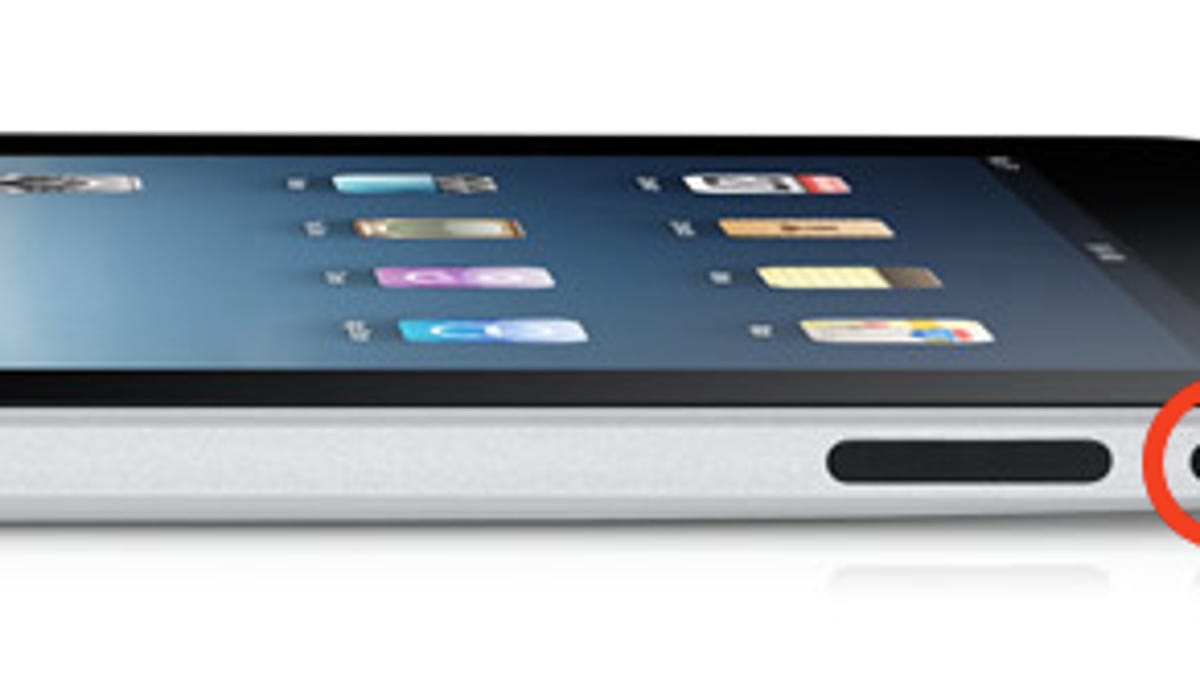iOS 4.2 turns iPad's screen lock into volume switch
The developer build of iOS 4.2 brings with it a handful of changes, one of which changes some hardware functionality users may be accustomed to.

Among the tweaks found in the iOS 4.2 software for the iPad, which became available to developers on Wednesday, is a return of the volume silencer switch.
Not the hardware, mind you, which remains the same. It's just that the screen orientation lock, which currently keeps the iPad from reorienting itself based on how you're holding it when switched on, is now a volume mute switch, CNET has learned. This is the same functionality found on every iteration of the iPhone, though not on the iPod Touch or the iPad, which would simply raise of lower the volume to zero or 100 percent much faster than the iPhone.
When the iPad was first announced and outlined on Apple's site, the orientation switch began its life as a volume toggle. Then, shortly before its release, Apple changed directions and turned it into an orientation lock switch instead.
Now, when users want to lock the orientation--something that can be quite handy when trying to use the iPad at odd angles, they must pull up the new multitasking bar, swipe to the left, and select the screen orientation lock. This is the same functionality that popped up in version 4.0 for the iPhone and iPod Touch.
In addition to the screen orientation lock is a brightness slider, which will let users fiddle with the option without having to jump out of whatever app they're in, and into the settings menu. Apple has included such a slider in its own apps--notably iBooks. However, third parties are not given the option to make such adjustments through Apple's iOS software development kit.
Other notable changes in 4.2 that went unmentioned during the unveiling of iOS 4.2 during Apple's September music event include:
- The same higher signal bars at the lower end of the wireless spectrum. These were first introduced in the 4.0.1 software update Apple released following its iPhone 4 antenna press event. Presumably, this means that iOS 4.2 uses the newer algorithm for determining cellular signal strength, which is applicable only for owners of the iPad with built-in 3G.
iOS 4.2 is set to be released to users in November. Apple is also likely to tweak a few things between now and then.

